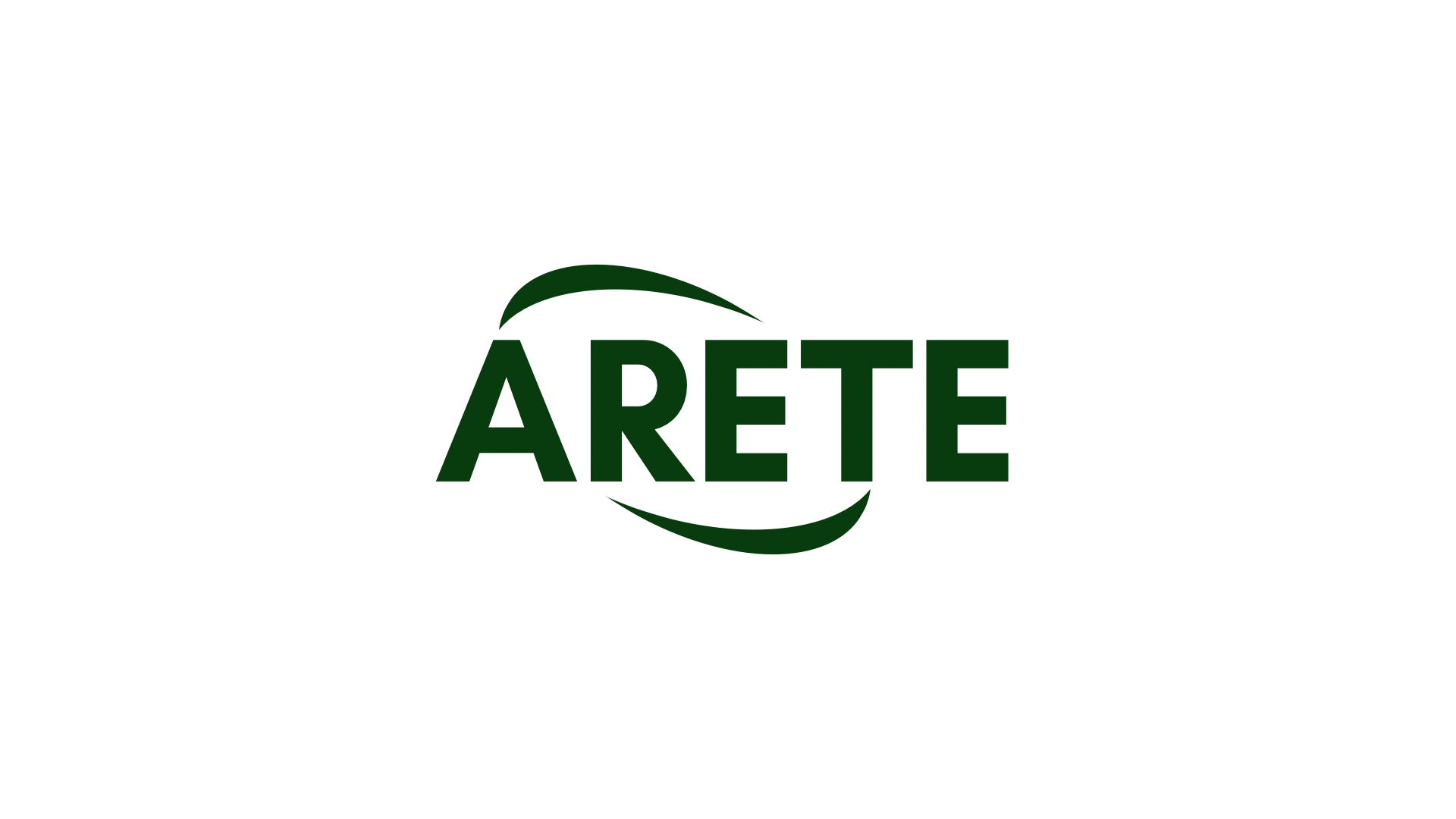Bitcoin: Is a secwit format transaction valid with all the types of non -witness program?
Introduction
Segwit’s introduction, an extension of the bitcoin protocol designed to improve scalability and reduce transaction times, has led many users to wonder about the validity of certain transaction formats. In this article, we will explore if a secwit format transaction is valid with all the types of non -testament program (NWP).
What are the types of non -witness programs?
Non -witness programs in Bitcoin refer to functions or scripts that are not part of a witness transaction. These may include user -defined code, as intelligent contract execution functions. Segwit’s introduction aimed to improve the performance and efficiency of this type of transactions by reducing the amount of memory required.
What is Segwit?
Segwit is an update of the bitcoin protocol designed to improve scalability and reduce transaction times. It allows the creation of new types of transactions, such as SECWIT spending, which can be used to transfer funds without including a complete script. In addition, it allows a more efficient execution of intelligent contract functions.
Validity of SECWIT format transactions
When it comes to secwit format transactions with NWP inputs, we must consider the following key aspects:
–
NWP inputs : It is required that the non -witness program in the form of script. The types of script may include several options such as payment to the priority of payment to the sequence (P2SP), the Payment Program to the Witness (P2WP), the Payment Priority to the Directorate (P2AP) and the Payment Priority- Bitcoin-Composed (P2BCCP).
–
Script Hashes : The hash of the script entrance is crucial to determine its validity.
–
Script length : The script entrance length should not exceed a certain threshold, depending on the type of specific transaction.
Example of Segwit Transaction Format
Let us examine an example secwit transaction format with entries of types of non -testimony programs:
`
[Nversion] [marker] [flag] [txins] [txouts] [witness]
Here,txinsis the input transaction index, txouts is the index of the output and ‘witness’ specifies whether a witness or script hash must be included.
Is it valid?
In order for this particular example to be valid in accordance with secwit standards, the following conditions must be met:
– NWP inputs are in the form of scripts with the specified types (P2SP, P2WP, etc.).
– The script hashes for these tickets coincide with their respective txins andtxouts.
– There is no non -valid or excessive script length.
Conclusion
In conclusion, although certain transaction formats can be valid under SEGWIT standards, the aforementioned conditions must be met to ensure that NWP input transactions are really correct. This guarantees the adequate execution of intelligent contract functions within the Bitcoin Network.

Example use case
Here is a case of example use:
`
[Nversion] [marker] [flag] [txins] [txouts]
In this format,nrepresents a new version of the protocol. The other parameters indicate whether testimony or script has to be included for NWP input transactions.
Bash
[1.0] [1] [0x00000000] [01]
This example transaction with entries of non -testimony programs (P2SP and P2WP) would be valid according to secwit standards, assuming that hash values for these scripts coincide with their respectivetxinsand txouts`.
Note
The format provided is a simplified representation and not a real Bitcoin transaction. In practice, more specific details are included in real world transactions.
Conclusion
In this article, we explore if the secwit format transactions with all the entries of the types of non -testimony programs are valid. By understanding the requirements for NWP input scripts in SEGWIT standards, users can create valid transactions that meet these specifications.

